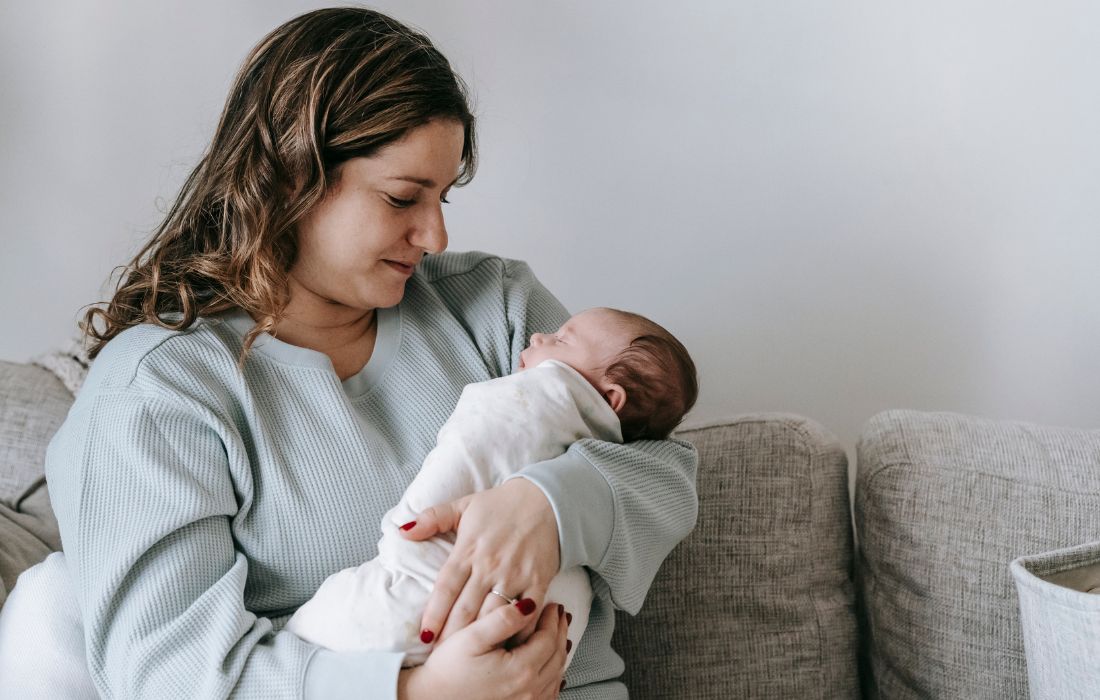Hair Twirling at Bedtime? How to Break a Common Sleep Crutch
A reader named Amber wrote into The Sleep Lady about her problem with hair twirling at bedtime. Her son seems to be using this as a sleep crutch. She writes:
“My son Owen will be 2 in a little over a month and he has never really fallen asleep on his own or slept by himself. The only way he goes to sleep is by playing with someone’s hair, and he wakes up almost every time he’s laid down alone.
“He doesn’t nap for more than 30 minutes, and he wakes up just as much as he did when we first had him. Sometimes we have good nights but most nights we’re up and down. He talks a lot in his sleep and he’s even sleep walked.
“We’ve recently tried getting him to sleep on his own but he will just cry and cry without giving up. Other times he’ll make it a game and have us chase him when he climbs out of bed. We tried to teach him mommy and daddy’s bed and Owen’s bed. I don’t know what to do. I can’t take any more hair twirling at bedtime, and my husband and I can’t take any more screaming. Please help.”
Hair Twirling at Bedtime is Very Common
I hope you know that the hair twirling and pulling is super common. It’s one of the number one sleep crutches for children, besides being fed to sleep. Before we get to how to handle the hair twirling at bedtime, let’s discuss the bed. I’m making the assumption he is in a bed because I don’t see anything about a crib.
Know When Your Child is Actually Able To Understand “Stay In Bed”
Because he’s not even two yet, his cognitive ability to really understand “stay in your bed all night long,” isn’t there yet. The impulse control that he needs will develop (on average) around 2 ½ years old. It’s not that a two-year-old couldn’t understand this, but it’s going to take longer, which is going to take even more consistency on your part. If you want to keep him in the bed, know that you’re probably going to have to gate the door to prevent him from running out and you having to chase him all over the place.
Know When To Make A Change
After 10 to 12 nights, Owen should be understanding:
- That you are asking him to put himself to sleep
- To remember to stay in his bed, and
- To return to his bed
If he isn’t understanding this, he may not be developmentally ready. You might have to decide to get a crib, or if you have a crib, put it in his room and start using it.
One could argue, “Oh is that really worth it for 6 months?” It could be, and you could really use the crib up until 3 years old. There’s no saying that he has to get moved out of the crib at 2 ½. Of course, you have to look at the weight limitations of the crib and that’s a definite consideration.
Prepare to Sleep Coach
Going back to his bed, you will need to be prepared to sleep coach him. I would say it will probably take at least 2 to 3 weeks, a little bit longer than normal because he’s young and he’s in a bed. Make sure that you safety-proof his room and then start on a night where he’s been well-napped. Get those naps any way you can. Then have your normal bedtime routine. He’s in his bed and depending on what kind of bed he has you’d either sit on the floor or in a chair to do The Shuffle.
Need a refresher on The Shuffle?
Read: The Sleep Lady Shuffle: How to Gently Sleep Train your Baby

Talk to Your Child
Talk to him, saying something like, “Owen, sweetie, you can twirl mommy’s hair gently during story time. And then once we’re done with story time, we’re all done twirling mommy’s hair or pulling mommy’s hair and you can twirl or pull this blanket, stuffed animal, etc.”
I had a client whose child twirled her hair and she got him a stuffed animal that was a horse with a mane and of course a tail, so she could (like a broken record) redirect him to the horse instead of her hair. I’m not saying he’ll love the idea, but it’s that constant redirection and setting that limit that will make the difference.
Does your child have a lovey?
Read: The Lovey — Your Child’s First Best Friend
Pull Up Your Hair
Put your hair up in a clip, bun, or ponytail. One mom with this same sleep issue wore a shower cap. Do what you have to so that your son gets a clear message that we’re all done with touching mommy’s hair. You could also have dad do this transition, but I’ve had children who will just do the same thing with dad’s hair.
[sc name=”kidsinbedsguide”]
Be Firm With Your Limits
Again, set that limit and sit in a chair, which you’re going to slowly move out of his room. Every time he wakes up, walk him back quietly to his bed and sit in the chair. Be consistent and stay calm. I don’t find that it works at this age — especially in a bed — to just put him back in his bed and leave. He’ll be right behind you.
Need a toddler bedtime routine?
Read: Bedtime Routine for Toddlers — Soothing and Predictable
Realistic Expectations
He may not truly understand what you are asking of him at his age. As a result, I think you will be more successful if you do The Shuffle and stay with him and slowly move out of his room. One of the hardest stages is when you’re sitting on the other side of the gate.
I have it all outlined in the book, Good Night, Sleep Tight, with lots of strategies for the middle of the night for this challenging age group. You might want to consider getting the book, reading the chapter that covers two year-olds, purchasing a course, or hiring a Certified Gentle Sleep Coach to help you stay consistent and get through this whole process.
Know that there really is sleep at the end of the tunnel.




